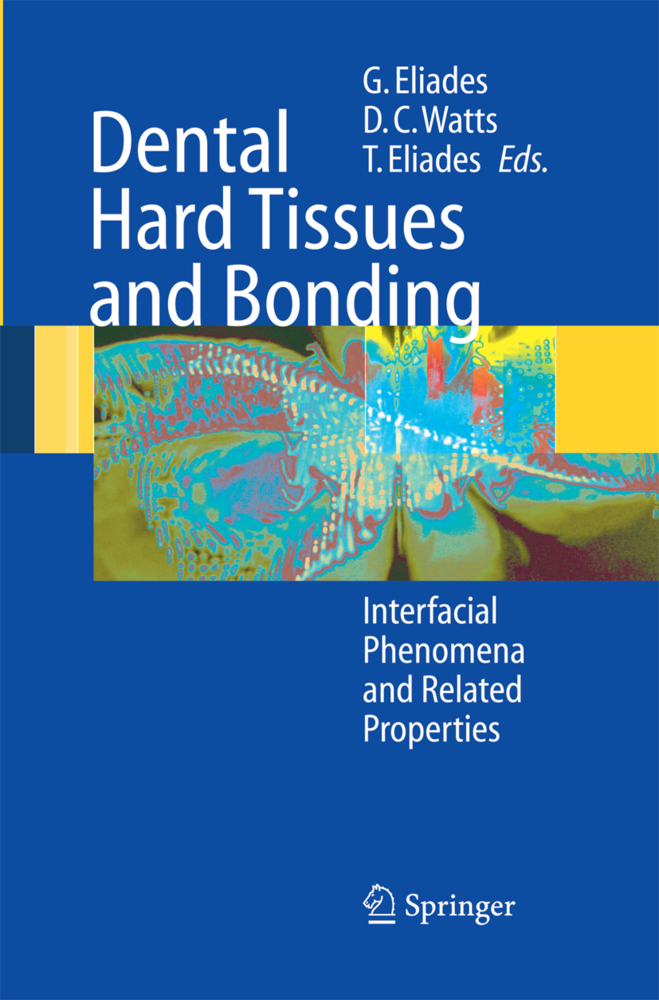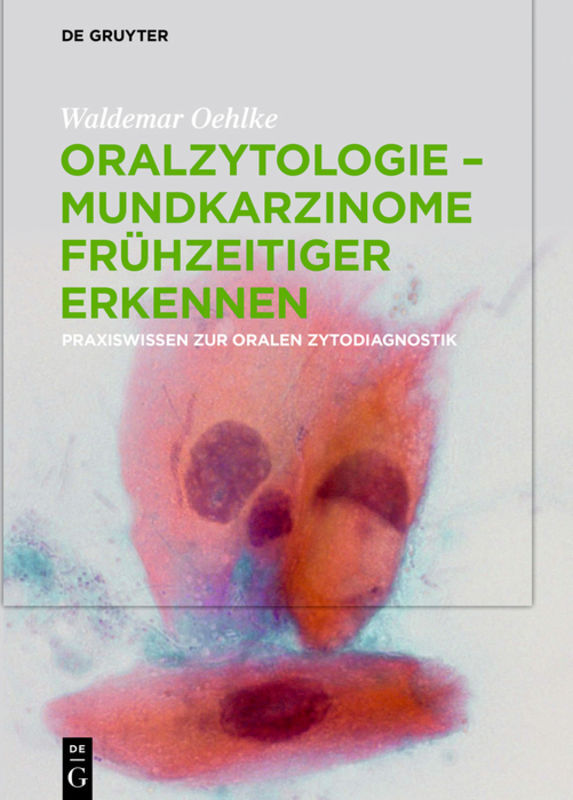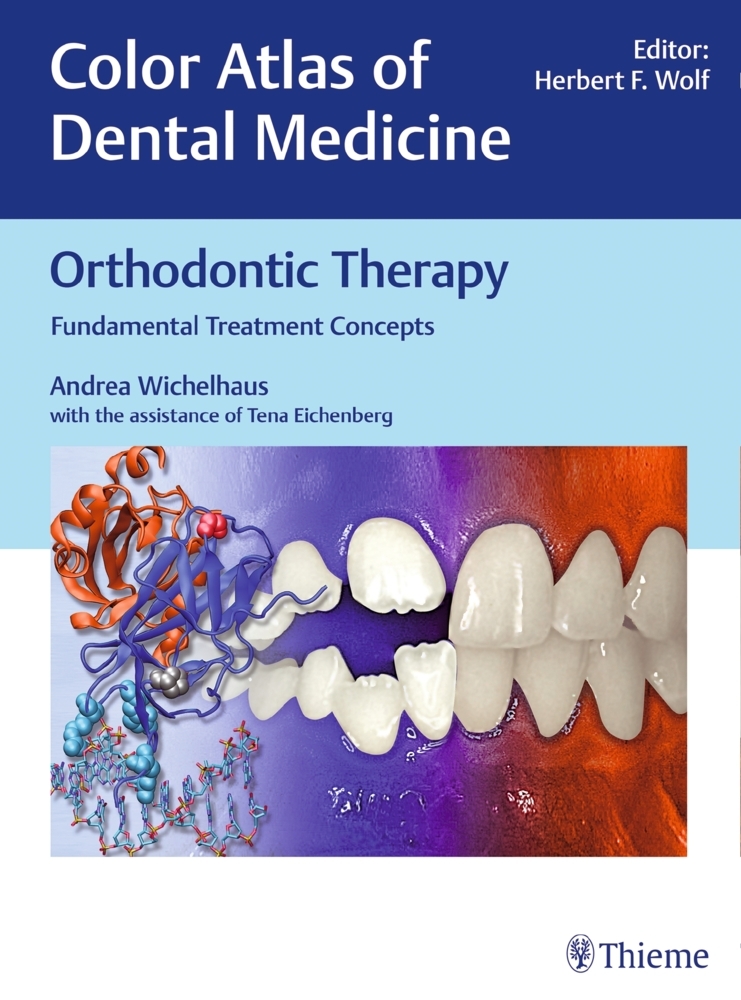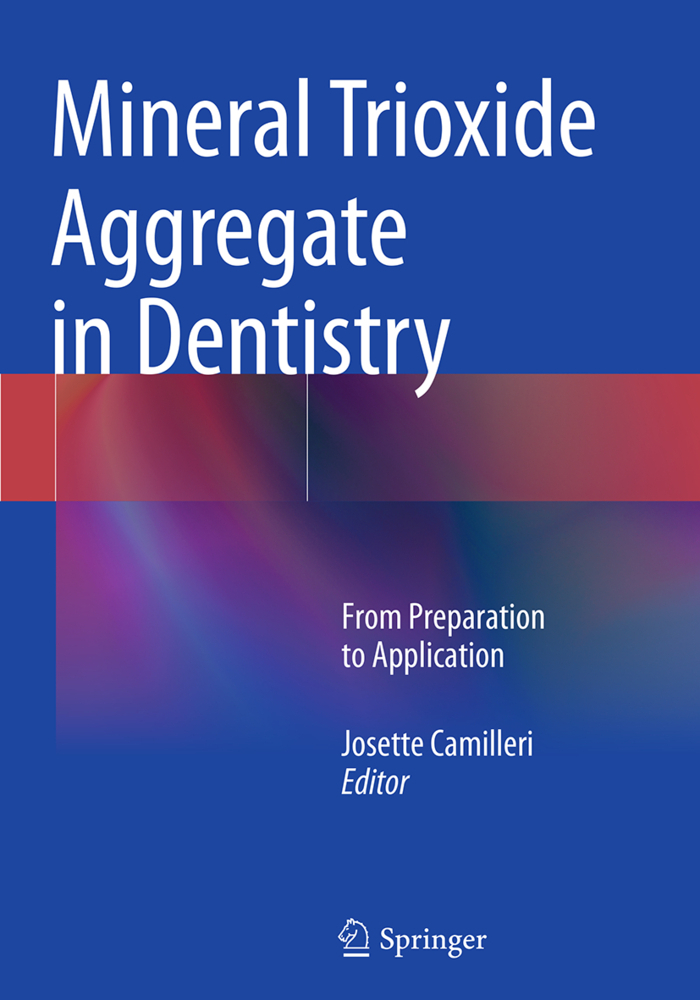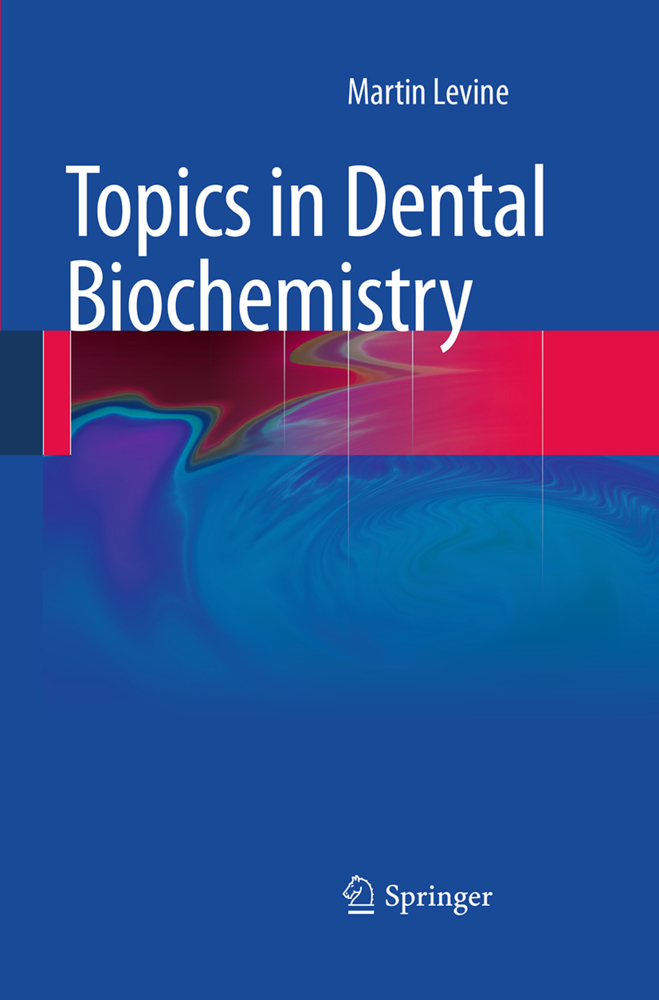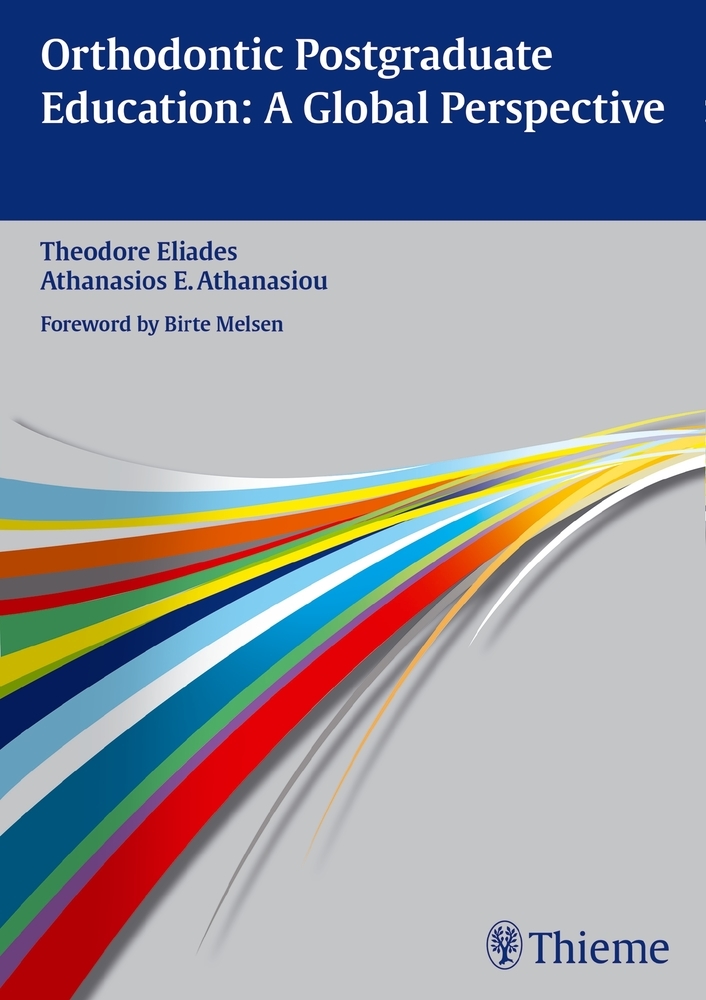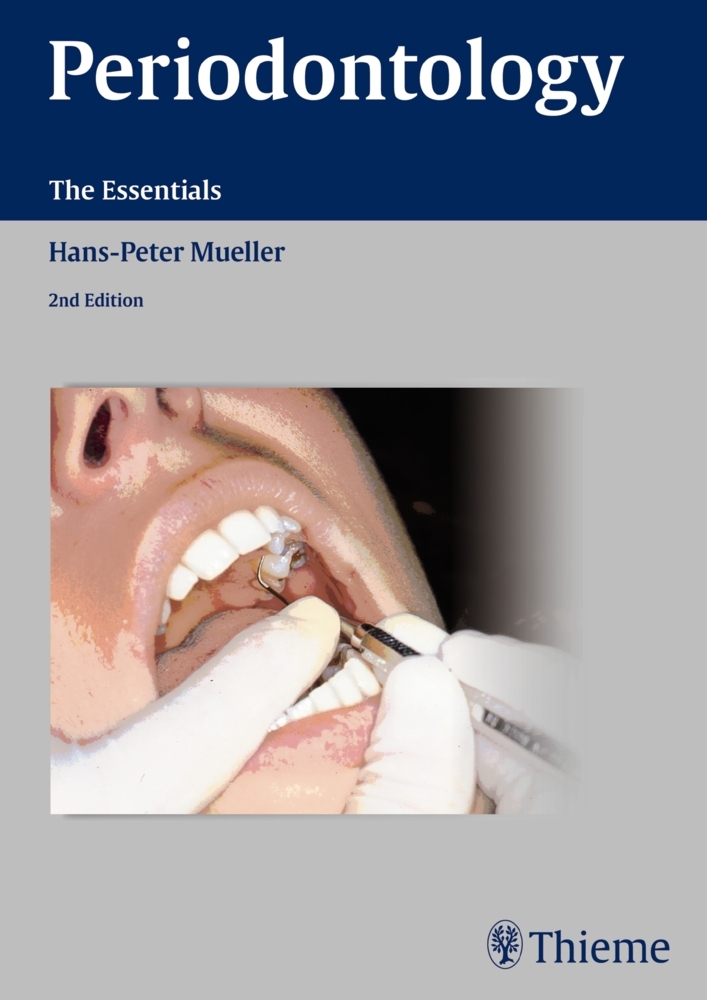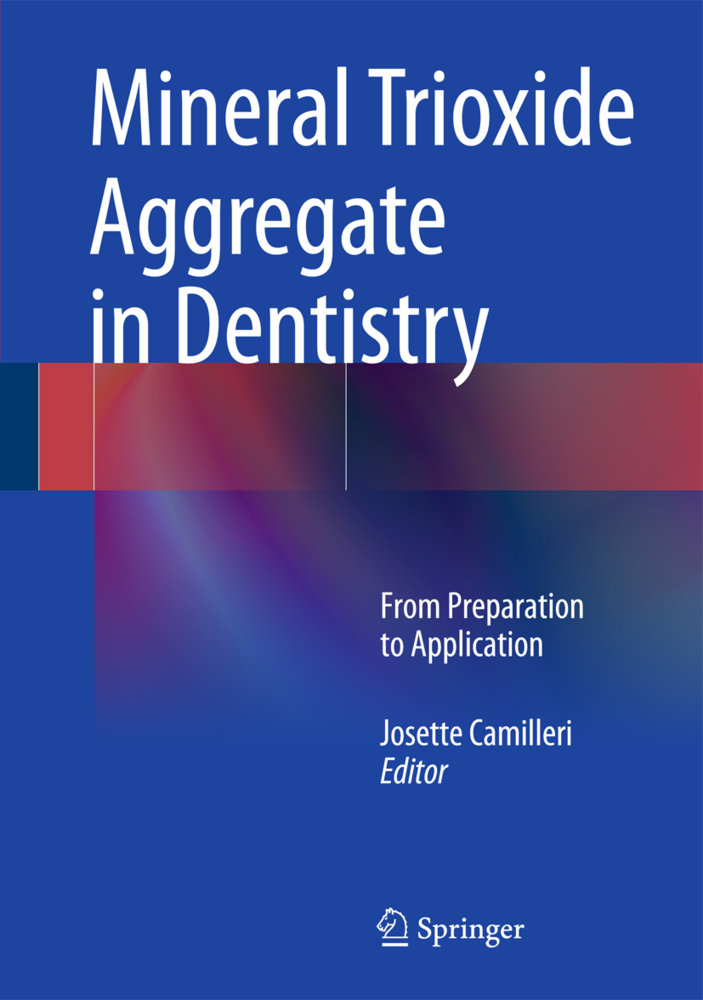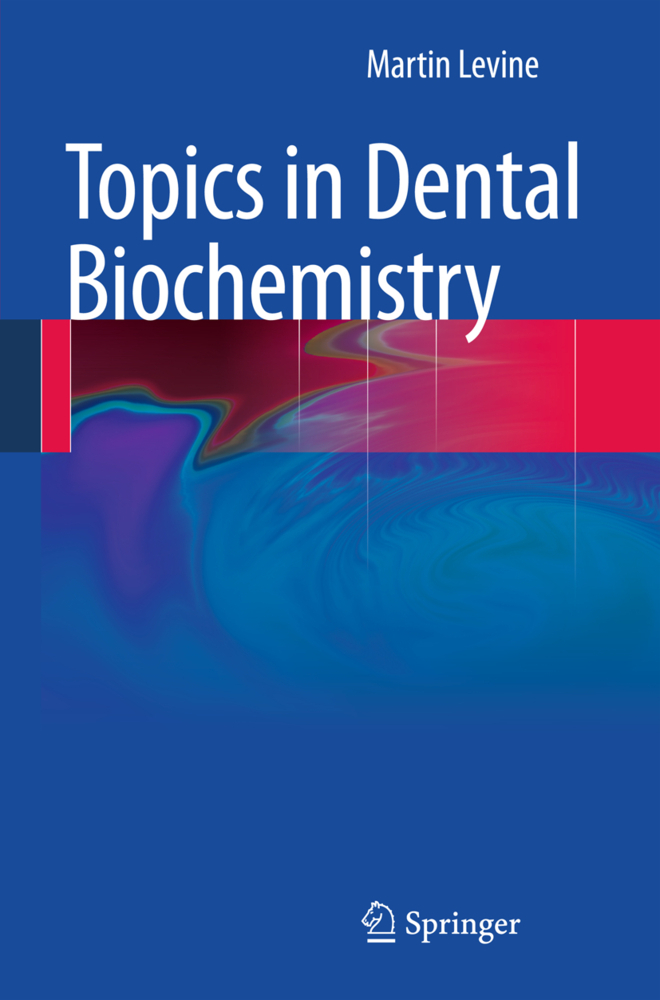Dental Hard Tissues and Bonding
This book comprehensively reviews bonding to enamel, dentin and cementum and analyses relevant adhesion mechanisms. It is addressed to both the dental researcher and the clinician. Emphasis is placed on the characterization of material interfaces with dental tissues in situ. The volume also stresses the importance of appropriate experimental protocol design in facilitating clinically-relevant research methods, clarifies the mechanisms of adhesion of polymeric materials to hard dental tissues and furnishes a handy reference for routine clinical procedures in restorative and prosthetic dentistry as well as orthodontics. The book introduces important aspects of the chemistry of dental materials and their adaptation to dental hard tissues. It also analyses interfacial phenomena occurring during application of materials, including mechanical properties, and structural-compositional alterations. The text presents the current instrumental approaches in studying related issues and a summary of the current status of theories concerning bonding to dental tissues. This work, in its scope and scientific content, provides an in-depth view of the way in which aesthetic dentistry is currently being practiced.
1;Contents;5 2;List of Contributors;11 3;Part I Bonding to Enamel;13 3.1;1 Etched Enamel Structure and Topography: Interface with Materials;14 3.1.1;Introduction ;14 3.1.2;The Enamel Smear Layer: A Potential Problem in Bonding to Cut Enamel;17 3.1.3;Application of Total-Etch Adhesives to Enamel ;19 3.1.4;Application of Self-Etch Adhesives/Resin Cement to Enamel ;25 3.1.5;Interaction of Glass Ionomer-Based Materials with Enamel ;34 3.1.6;Conclusion ;37 3.1.7;References ;38 3.2;2 Bonding of Resinous Materials on Primary Enamel;45 3.2.1;Introduction ;45 3.2.2;Primary Enamel ;45 3.2.3;Enamel Cleaning ;46 3.2.4;Enamel Conditioning ;47 3.2.5;Clinical Results ;57 3.2.6;References ;58 3.3;3 Bond Strength to Enamel;62 3.3.1;Introduction ;62 3.3.2;Measurement of Bond Strength ;62 3.3.3;Experimental Models for Evaluating Bond Strength ;65 3.3.4;Variables Affecting In Vitro Bond Strength ;66 3.3.5;Bonding to Enamel: In Vivo Studies ;74 3.3.6;References ;76 3.4;4 Orthodontic Bonding to Wet Enamel with Water-Insensitive and Water-Activated Orthodontic Adhesive Resins;79 3.4.1;Introduction ;79 3.4.2;Approaches in Assessing the Efficiency of Orthodontic Adhesives Systems;80 3.4.3;Wet-Enamel Adhesives ;84 3.4.4;Effect of Water and Contaminants on Orthodontic Adhesive Resins;88 3.4.5;References ;91 4;Part II Bonding to Dentine;94 4.1;5 Bonding to Dentin: Smear Layer and the Process of Hybridization;95 4.1.1;Introduction ;95 4.1.2;Dentin Substrate: Smear Layer ;96 4.1.3;Interfaces and Hybridization ;106 4.1.4;References ;122 4.2;6 In Situ Photo-Polymerisation and Polymerisation-Shrinkage Phenomena;129 4.2.1;Introduction ;129 4.2.2;Potential Clinical Consequences of Shrinkage Phenomena ;129 4.2.3;Clinical Management of Shrinkage Phenomena ;131 4.2.4;Light Sources for Photo-Polymerisation of Dental Biomaterials ;131 4.2.5;Further Variables with Light Sources ;134 4.2.6;Radiometry: Irradiance (Radiant Incidence and Radiant Exitance) and Total Energy Concept;134 4.2.7;Light Penetration into and Through Oral Biomaterials ;135 4.2.8;Photo-Initiators for Free-Radical and Cationic Polymerisation ;137 4.2.9;Camphorquinone ;138 4.2.10;1-Phenyl-1,2-propanedione ;139 4.2.11;Photon Numbers and Photo-Initiation ;140 4.2.12;Extent of Polymerisation ;141 4.2.13;Thermal and Spectroscopic Probes ;141 4.2.14;Development of Mechanical Properties ;143 4.2.15;General Polymerisation Mechanism for Light-Activated Monomers;143 4.2.16;Steady-State Hypotheses ;144 4.2.17;Polymerisation Kinetics of Light-Activated Resin Composites ;144 4.2.18;Rate of Polymerisation ;145 4.2.19;Normal Termination Model ;145 4.2.20;Auto-Acceleration ;146 4.2.21;Definitions of Polymerisation Shrinkage Phenomena ;147 4.2.22;Generation of Stresses in Different Cavity Configurations (C-Factor);148 4.2.23;Measurement of Shrinkage Strain ;149 4.2.24;Kinetics of Shrinkage Strain ;150 4.2.25;and Shrinkage Strain ;151 4.2.26;Relationship Between;151 4.2.27;Theoretical Relationship Between Conversion and Shrinkage Strain;151 4.2.28;Experimental Correlations between;152 4.2.29;and Shrinkage-Strain Magnitudes;152 4.2.30;Network Variables Beyond;153 4.2.31;Measurement of Shrinkage-Stress Kinetics ;153 4.2.32;Scientific Management of Shrinkage Phenomena ;154 4.2.33;Conclusion ;155 4.2.34;References ;155 4.3;7 Bonding in Prosthodontics with Cements;161 4.3.1;Introduction ;161 4.3.2;Luting Cements ;162 4.3.3;Bonding to Tooth Structure ;165 4.3.4;Bonding to Ceramic ;167 4.3.5;Bonding to Pre-Processed Composite Restorations ;171 4.3.6;Biological Considerations ;172 4.3.7;Mechanical Considerations ;172 4.3.8;Esthetic Considerations ;174 4.3.9;Value of the Bond Strength Test ;175 4.3.10;References ;176 5;Part III Bonding to Cementum;180 5.1;8 Composition and Structure of Cementum: Strategies for Bonding;181 5.1.1;Introduction ;181 5.1.2;Developmental and Structural Aspects;182 5.1.3;Biochemistry of Mature Cementum ;186 5.1.4;Cementum in Health and Disease ;187 5.1.5;Strategies for Bonding to Root Dental Structu
Eliades, George
Watts, David C.
Eliades, Theodore
| ISBN | 9783540285595 |
|---|---|
| Artikelnummer | 9783540285595 |
| Medientyp | E-Book - PDF |
| Auflage | 2. Aufl. |
| Copyrightjahr | 2005 |
| Verlag | Springer-Verlag |
| Umfang | 198 Seiten |
| Kopierschutz | Digitales Wasserzeichen |

